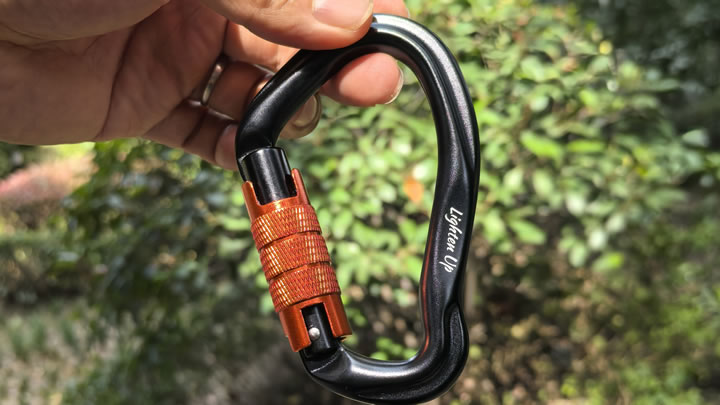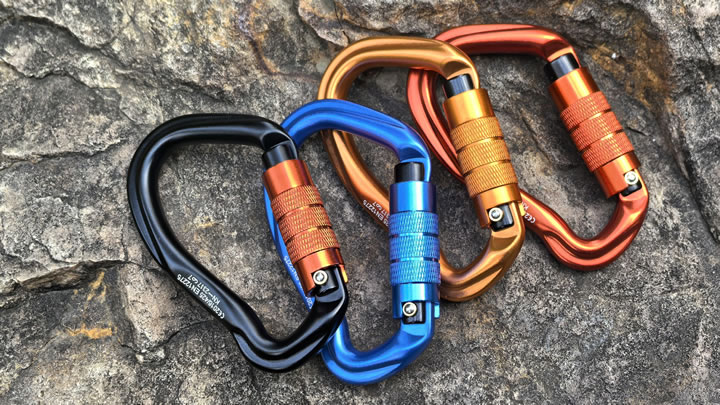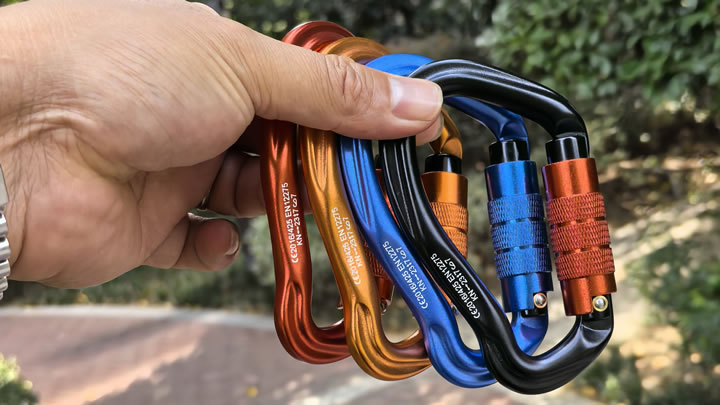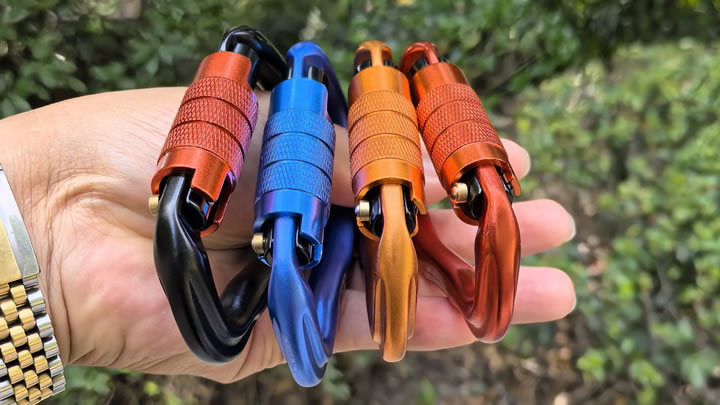Do nylon hammocks resist mold and mildew?
Nylon hammocks are a favorite among outdoor enthusiasts for their durability and weather resistance, but a critical question remains: Can they stand up to mold and mildew? The short answer is yes—nylon’s synthetic composition makes it naturally resistant to these issues. However, understanding why and how to maximize this resistance ensures your hammock stays fresh and functional for years. Let’s explore the science behind nylon’s mold-fighting power and practical tips to keep it spotless.

1. Why Nylon Outperforms Natural Fibers
Mold and mildew thrive in moist, organic environments. Here’s how nylon stacks up:
- Non-Organic Material: Unlike cotton or hemp, nylon lacks the organic matter that mold feeds on.
- Hydrophobic Fibers: Nylon repels water instead of absorbing it, drying quickly to deny mold the dampness it needs.
- Tight Weave: Dense fabric construction minimizes pores where spores can settle.
Key Insight: While no fabric is 100% mold-proof, nylon’s synthetic structure makes it far less hospitable to fungi than natural alternatives.
2. Factors That Influence Mold Resistance
Even nylon can develop mold under neglect. Watch for:
- Prolonged Dampness: Storing a wet hammock in a sealed bag creates a breeding ground.
- Organic Debris: Leaves, dirt, or food crumbs trapped in the fabric introduce mold-friendly nutrients.
- Humid Environments: Consistently high humidity (e.g., rainforests, coastal areas) raises risks.
Pro Tip: Shake off debris and air-dry your hammock after each use to disrupt mold’s lifecycle.
3. How to Clean and Prevent Mold on Nylon
Step 1: Regular Maintenance
- Shake It Out: Remove dirt and organic matter after each use.
- Rinse with Fresh Water: After beach trips or exposure to saltwater, rinse to eliminate residue.
- Air-Dry Thoroughly: Hang in a shaded, ventilated area until completely dry.
Step 2: Tackling Existing Mold
- Spot Clean: Mix mild soap (e.g., dish detergent) with lukewarm water.
- Scrub Gently: Use a soft-bristled brush on affected areas.
- Disinfect: For stubborn mold, apply a diluted white vinegar solution (1:3 vinegar to water). Test on a small area first!
- Rinse and Dry: Ensure no moisture remains before storage.
Never Use: Bleach or harsh chemicals—they degrade nylon’s fibers and coatings.
4. Storage Tips to Block Mold Growth
- Avoid Plastic Bags: Store in a breathable stuff sack or cotton bag to prevent trapped moisture.
- Climate Control: Keep in a cool, dry place—avoid damp basements or hot attics.
- Silica Gel Packs: Toss a desiccant packet into the storage bag to absorb ambient humidity.
User Hack: For long-term storage, sprinkle baking soda on the hammock before folding to neutralize odors.
5. Nylon vs. Cotton vs. Polyester: Mold Resistance Battle
- Cotton: Highly prone to mold due to moisture absorption and organic fibers. Requires frequent washing and drying.
- Polyester: More resistant than cotton but retains dampness longer than nylon, increasing mold risks.
- Nylon: Wins for quick-drying, non-organic structure, and low maintenance.
Sustainability Angle: Nylon’s longevity reduces replacement frequency, cutting waste from mold-damaged hammocks.
6. When Mold Damage Warrants Replacement
Despite precautions, severe mold infestations may require retiring your hammock if:
- Odors Persist after cleaning.
- Fibers Become Brittle from spore-rooted degradation.
- Black or Green Stains penetrate deeply and resist treatment.
7. Enhancing Mold Resistance
- Anti-Microbial Treatments: Some premium hammocks feature built-in antimicrobial coatings.
- UV-Resistant Fabric: Sunlight inhibits mold—opt for UV-protected nylon for outdoor hangs.
- Ventilated Hanging: Avoid leaving the hammock bunched up; spread it out periodically to air.
Final Verdict
Nylon hammocks are among the most mold-resistant options available, thanks to their quick-drying, non-organic fibers. While not invincible, simple habits like proper drying, routine cleaning, and smart storage can virtually eliminate mold risks. For campers, beachgoers, or anyone in humid climates, nylon’s low-maintenance durability makes it the clear choice over mold-prone cotton or slower-drying polyester. Invest in quality nylon, follow these tips, and enjoy a worry-free hang in even the dampest environments!






